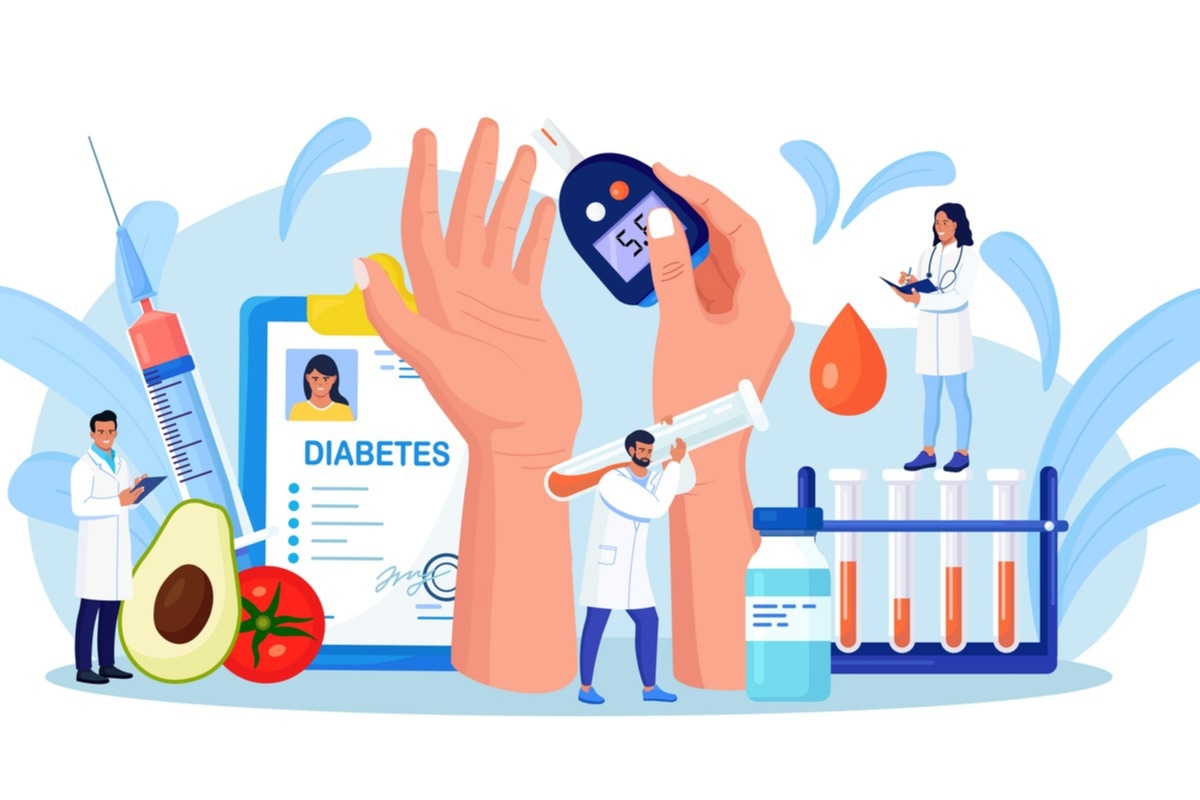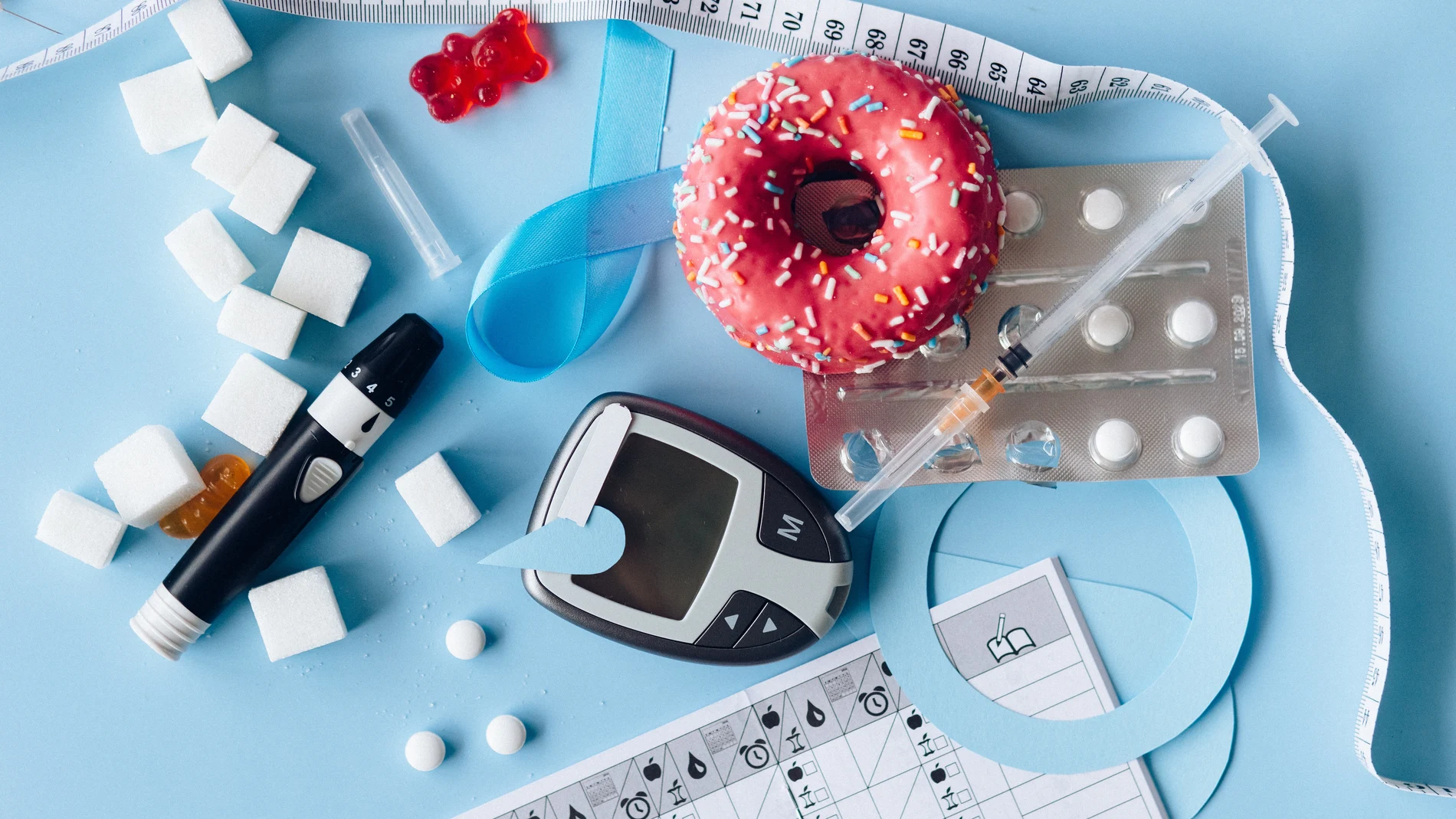A Ticking Blood-Sugar Bomb, As Diabetes Snares More Indians, It Is Turning Into An Economic Risk
As the number of diabetes cases skyrockets in India, the implications of this chronic disease extend far beyond personal health. A recent study reveals a startling reality – diabetes cases in the country have surged to 101 million, a staggering 44% increase in just four years. This silent epidemic poses not only a grave risk to individuals but also a significant economic threat to the nation.

There are millions of Indians, largely undiagnosed, and as more young Indians are inching closer to full-scale diabetes, known to cause a host of other complications—from heart disease, stroke, liver and kidney damage to even foot amputations—a sugar bomb is ticking away.
The lack of early diagnosis is a crucial missing link in combating this epidemic. Diabetes often develops without apparent symptoms, making it challenging to identify until a routine test reveals the truth. However, many individuals, particularly those without access to adequate healthcare or awareness, remain unaware of the disease silently taking root within them.

Diabetes, The Silent Epidemic
The economic implications of this diabetes surge cannot be ignored. India’s population is predominantly young and productive, with over 65% of Indians under the age of 35. However, the exponential growth of diabetes threatens to cripple this burgeoning economy. The impact is multi-faceted, affecting healthcare expenditure, workforce productivity, and household finances.
Healthcare costs related to diabetes are skyrocketing globally. In 2021, the US, China, and Brazil spent billions of dollars on diabetes-related healthcare. India, too, is grappling with this financial burden. The domestic market for anti-diabetes drugs has witnessed substantial growth, reaching INR 16,769 crore annually. This places a strain on patients and households, with diabetes alone consuming a significant portion of average Indian household earnings.
A study on the economic impact of diabetes in India revealed alarming statistics. The direct costs of diabetes per patient varied across different regions, with the highest annual costs reaching INR 45,792. These costs encompass diagnosis, treatment, care, and prevention. Indirect costs, such as absenteeism and loss of productivity, further compound the economic challenges faced by individuals and the nation as a whole.
Thus, to address this crisis, urgent action is needed. Anoop Misra, an expert in diabetes and endocrinology, emphasizes the importance of preventive measures, such as promoting healthy diets and increasing awareness among children. Early interventions and proper management can help bend the curve and mitigate the economic impact of diabetes.
What Has The Government Done
The Indian government has implemented programs to address non-communicable diseases, including diabetes, but these efforts must be rejuvenated and strengthened. The existing network of healthcare centers and NCD cells should be leveraged to conduct widespread screenings, particularly in rural areas where access to healthcare is limited. Offering free medicines can incentivize individuals to undergo testing and receive necessary treatment.
The Devastating Impact of Diabetes on Individuals and the Economy
In 2019, India counted roughly 70 million diabetics, but a comprehensive study stretching over 12 years, 31 states, and 113,000 participants points to some disturbing trends. Led by the Indian Council of Medical Research (ICMR) and published in the scientific journal The Lancet, the research shows diabetes cases have reached 101 million, growing by a staggering 44% in the last four years.
How did this silent scourge engulf the country in such a short time? Are the measures being taken to rein in the march of the disease enough? Considering the disease’s economic risk, it is high time the authorities sounded a public-health alarm.
A hidden imminent danger
If extrapolated—a doubling rate of eight years—the signs are ominous, but experts say the impact is being overlooked. Such a steep surge can lead to catastrophic economic repercussions for a country that boasts a highly productive and educated young population. Home to a teeming 1.4 billion, over 65% of Indians are aged below 35 years, and a chunk of these young men and women may be blissfully ignorant of the disease taking root in them.
Regardless of age, diabetes grows in stealth mode. In most cases, it presents no primary indications until a random test springs a surprise. Otherwise, it may come to light when a doctor advises blood-glucose and lipid-profile tests for those who complain of giddiness, blackout, or spells of fatigue.
The lack of diagnosis is the biggest missing link; if people are screened and tested early, India can thwart the sugar attack. City doctors, on their part, are imparting basic awareness about test parameters that may be symptomatic of the disease.
However, the disease is spreading beyond those who have access to social media platforms.

Getting Tested For Diabetes
A leading Mumbai-based physician and diabetologist say’s he regularly comes across young people with diabetes at his clinic. The ICMR study mentioned earlier has sufficient insights to put mass diabetes screening, treatment, and management programs in emergency mode, he adds. According to him, not only is a “community-level drive is a must,” but government programs and private-sector initiatives also need to work in tandem to tackle the issue.
The adverse effects of junk food and how lack of physical activity accentuates the risks of diabetes at a younger age are not given the right push, and just opening tertiary care centres will not solve this problem. Nations in the West have seen this phase, and the enormous burden of healthcare is now coming to developing countries.
An ICMR study published in Diabetes Care magazine pointed out that diabetes-related healthcare costs have soared worldwide. In 2021, the United States, China, and Brazil splurged billions of dollars on direct medical costs. India, too, is not immune to this financial burden.
India’s anti-diabetes drug market, which includes insulin and other medication, was estimated to be worth INR167.69 billion ($2.3 billion) in 2019. It is growing at a compound annual growth rate of 10.6% and is expected to reach INR258.19 billion ($3.5 billion) by 2025, according to a ResearchAndMarkets.com report.
But the biggest burden lies on households. A study conducted by PricewaterhouseCoopers (PwC) and the Confederation of Indian Industry (CII) pegged the cost of diabetes at INR127,800 ($1,738) annually per patient in 2019. Costs varied across regions, but the highest direct diabetes costs went up to INR45,792 ($621) per year. The study also indicated that indirect costs could be significantly higher than direct expenses.
In 2018, PwC India and the Indian Pharmaceutical Alliance (IPA) conducted a separate study on the economic burden of diabetes. It found that the 72.9 million cases reported in 2017 incurred INR16.9 trillion ($229 billion) in the form of direct and indirect costs.

The impact of this ticking bomb goes beyond household budgets and healthcare expenditures. Productivity levels at workplaces—absenteeism due to uncontrolled diabetes, frequent illness, and the impact on an individual’s concentration—take a severe hit.
The World Health Organization (WHO) points out that 25.9% of deaths among diabetics between 20 and 79 years are attributable to high blood glucose.
The Last Bit, The clock is ticking, and the numbers are alarming. India needs to step up its efforts to combat diabetes before it becomes an even greater economic risk. Tackling the diabetes crisis requires a collective will to bring about change. As the number of diabetes cases continues to rise, the repercussions on individuals and the economy become increasingly dire. By prioritizing preventive measures, raising awareness, and leveraging existing healthcare infrastructure, India can combat this ticking time bomb and safeguard the health and prosperity of its people.




